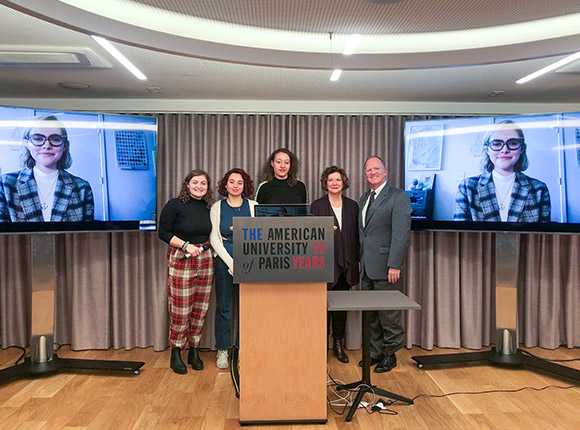

#Liberas calling for violence registration
For this reason we have chosen to look at what more recent studies tell us about political representation in higher education.Īlso to note: studies based on partisan registration of faculty members which use the lopsided ratio of registered Democrats to Republicans as a way to emphasize the liberal skew among professors are not the most sophisticated means for gauging attitudes of faculty.

As such, they missed the huge shift to the left in our nation’s centers for learning. While their research yielded interesting data, it was fielded right before the extreme liberal lurch took off in the mid-2000s. Neil Gross and Solon Simmons’s study of a nationally representative sample of over 1400 professors published in 2006 and capturing data even earlier is often seen as the definitive word on the political leanings of the professoriate. What is the political composition in higher education?

In other words, we should be careful not to assume that the mere disparities in the political composition of campus communities are responsible for shaping campus climate. But it is important to decouple these two issues the political leanings of academics cannot be seen as directly determining the state of campus discourse. And the research on campus climate reveals a decrease in openness to non-liberal viewpoints. The data for three campus constituencies unequivocally show that liberals are considerably overrepresented on university and college campuses. To address the second question we triangulate different kinds of research, such as surveys about campus climate, as a way to gain a better understanding of how open our campuses are to diverse viewpoints. In order to get an accurate picture of the ideological composition of academe we chose to look at studies about the political orientation of the three main constituencies on campuses, namely faculty, students, and administrators side-by-side. skew) in higher education and (b) what the research says about the tenor of campus climate in terms of ideological diversity. In other words, they take it as a given that, say, an overrepresentation of liberal faculty necessarily indicates a liberal bias.Īs two professors with differing political orientations (Abrams identifies as leaning to the right of center and Khalid leans more to the left) we decided to offer a summary of what the data tell us about (a) the current political composition (i.e. Second, they assume a causal relationship between skew and bias. First, they generally only look at one campus constituency, either students or faculty, and use that to extrapolate about the state of campus climate more broadly. “Is Academe Awash in Liberal Bias?” This is one of many recent headlines trying to grapple with a question that we’ve been debating for decades: are colleges and universities dominated by liberals? Over the past few years, charges that colleges and universities are “about Radical Left Indoctrination” have come from several quarters, including from the highest echelons of our government, making this a question that merits serious attention.Ī number of studies have tried to answer this question but most of them make two mistakes.


 0 kommentar(er)
0 kommentar(er)
